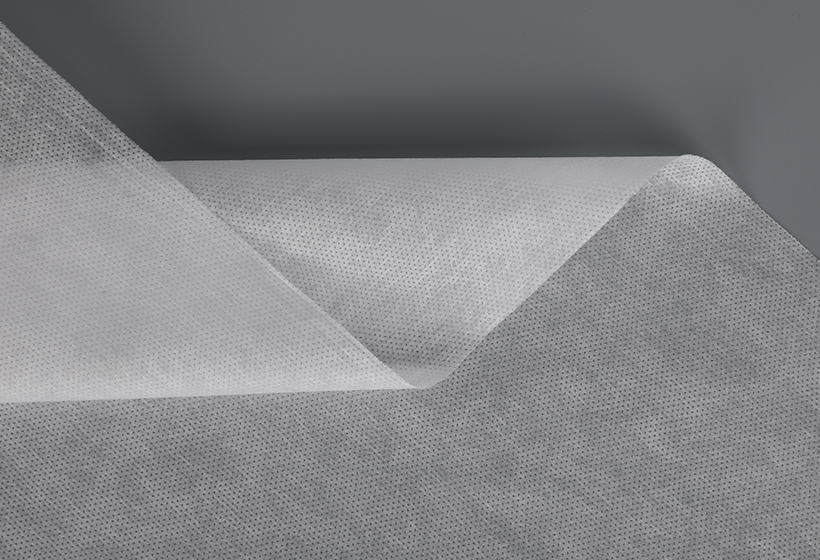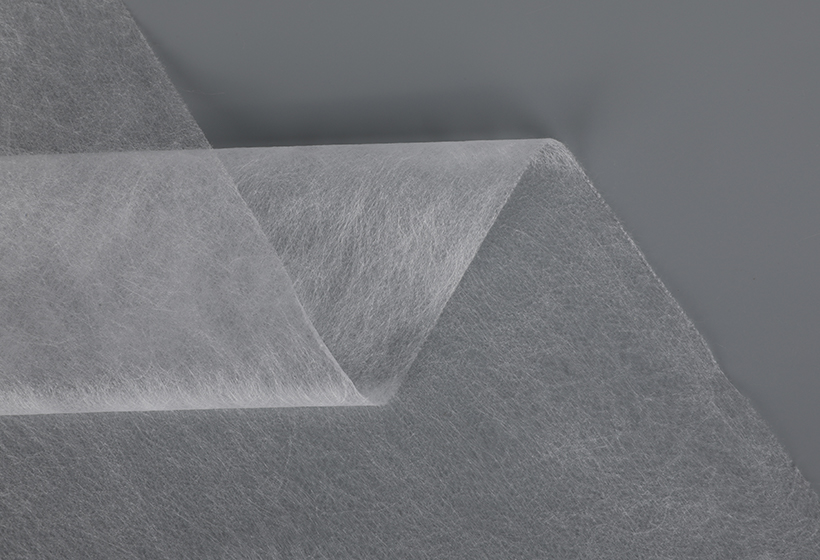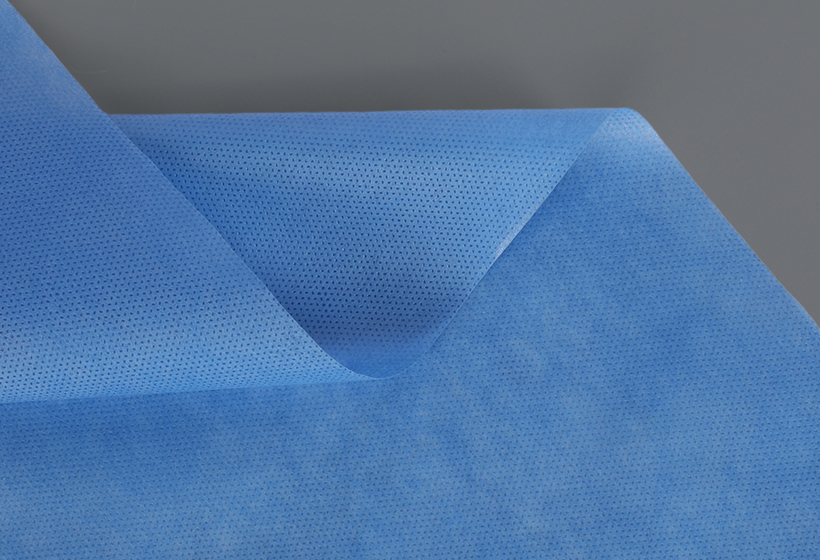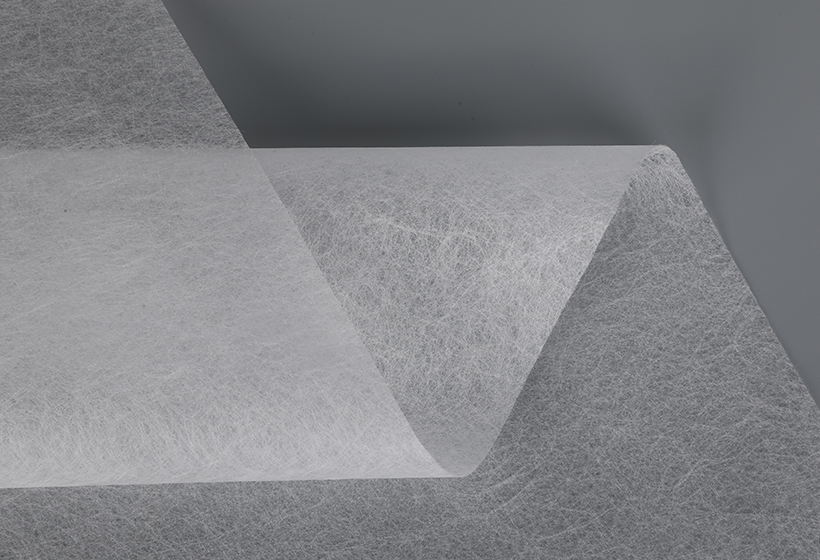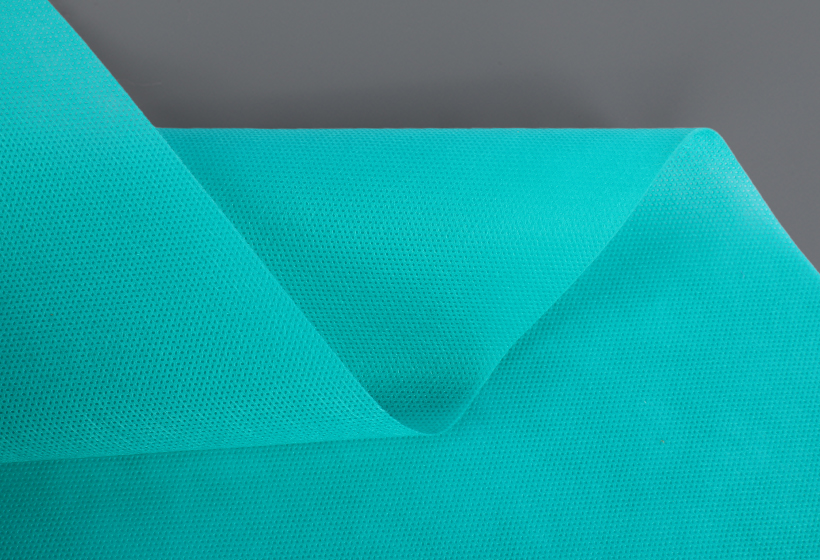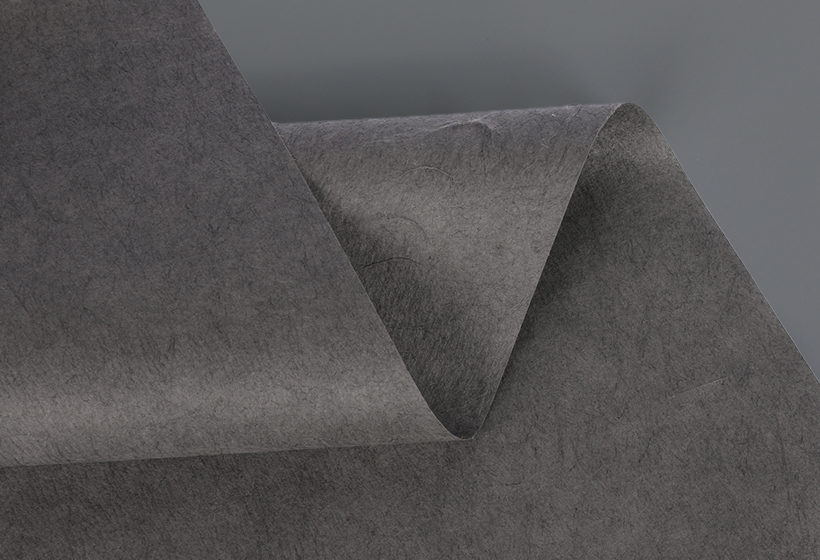The Benefits of Non-Woven Fabrics
The benefits of Non-woven Fabrics can be found in hundreds of different products. Learn about the properties, characteristics, manufacturing process, and end uses. You'll be amazed at how versatile these fabrics are. You may be surprised to learn that nonwoven fabrics have become an indispensable part of our lives! But what makes them so special? If you're still unsure, consider reading this quick guide. Here are some reasons why you should consider investing in this type of fabric.
Characteristics
What are the characteristics of non-woven fabrics? They are soft and comfortable, durable and disposable, and can have a wide range of properties. Depending on their composition, non-woven fabrics may have a paper-like feel, be hard and stiff, or be translucent and flexible. They may have good launderability and moisture absorption properties, but may have low tensile strength. Non-woven fabrics are typically dry-cleanable.
Non-wovens are made of polypropylene resin, which is about three times lighter than cotton. This makes them comfortable to touch and water-repellent. Non-wovens are a perfect material for hygiene products. They are also highly breathable, making them ideal for a variety of applications. Non-wovens are also suitable for use in medical products and other products requiring hygienic properties.
Properties
The properties of non-woven fabric are determined by the type of fiber and the expected end use. Nonwoven fabrics are usually made from new, first-quality fibres rather than reprocessed or recycled ones. They may be made of filament or staple fibres and have various other properties. The fiber type determines the amount of pliability, softness, strength, color, durability, air permeability, and luster. In addition, non-woven fabrics are typically non-toxic and free from chemical components.
The main characteristics of nonwoven fabrics are their unique composition and high-tech functionality. Because they do not go through the weaving process, they possess several desirable qualities, including durability, water resistance, and comfort to touch. Furthermore, nonwovens are widely used in disposable products, especially light-weight ones. Because of this, the use of nonwoven fabric products is not limited to disposable products; they can be used in numerous applications without undergoing any further processing.
Manufacturing process
The manufacturing process of non-woven fabric begins with the polymer granules being extruded using machines to make continuous filaments. These filaments are then stretched and quenched before being deposited on a conveyor belt. The non-woven fabric is then processed further by adding other properties such as abrasion resistance, wrinkle resistance, and strength. The non-woven fabric's thickness is measured in Grams per square meter. Thin fibers have a density of 20-30 g/m2 and are usually 20-30 g/m2. On the other hand, average nonwoven fabric is 40-80 g/m2 with thicker filaments that are over 80 gram per square cm2.
There are several different types of non-woven fabrics, including spunlace, needle-punched, polyester, cotton, and viscose. Each type of non-woven fabric has a specific application, such as cushioning, filtration, sterility, and bacterial barriers. There are even some non-woven fabrics that mimic the texture and appearance of woven fabric. The non-woven fabric can be as thin and bulky as thick padding.
End uses
In the nonwovens industry, nonwoven products can be used for many different applications, from personal care and hygiene to construction and automotive applications. Their many useful properties make them excellent choices for filtration, a key component of many products. The following table lists some of the most common end uses of nonwoven fabric. To learn more about nonwoven products and how they are made, check out the links below. They also contain useful information about nonwoven fabrics' manufacturing technologies.
The medical sector is another area where nonwovens play a crucial role. These textiles are often used to create a range of medical products, including surgical gowns, surgical drapes, pads, dressings, filtration materials, and even textiles used for implantation inside the body. While these products are usually disposable, some can be used many times before needing to be discarded. For example, nonwovens are widely used as surgical gowns, masks, and floor coverings.



 English
English Español
Español
